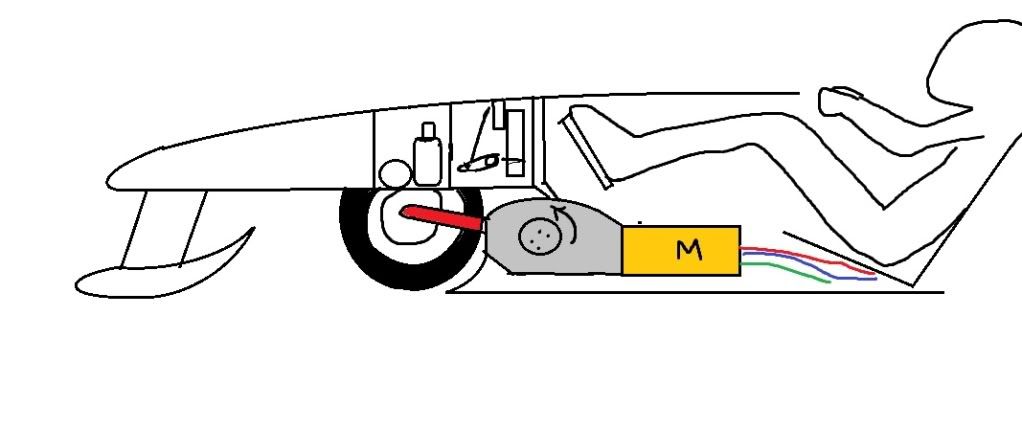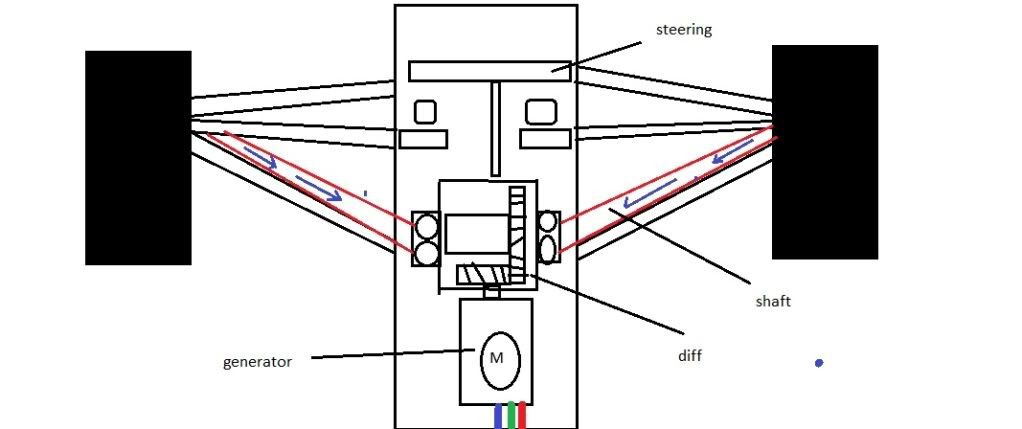This can be done without changing any aspect of the current cockpit opening specifications. The only thing I could see changing is the height of the driver's feet. See the rough photoshopped image I made.

So how did CART, Indy, F2 and practically every other open wheel series get around using a low nose tip? I guess I shouldn't argue, you can run CFD sims in your head, supposedly, I guess you have FEA as well...Most life threatening accidents are rare, it doesn't mean you should ignore protecting against it.
Any lower and this man is a dead man:
*Schumacher/Liuzzi crash video*
The W01 has a slight downward taper to the nose. This may not have happened with the ferrari or Mclaren, but it was high enough none the less to protect the driver.
If a nose is too low chances are it wont crumple like it's designed to. It will just digg down or wedge something else up.
Anyway, the video does not show Liuzzi's wheel ramp up Schumacher's nose. Note the impact against the Merc's front wing and the way it rotates. It shows an impact on it's port side. The FI's front wheel went in between the nose and front wheel of the Mercedes. So in this instance, the high nose actually may have helped lift the FI over the sidepod of the Merc. But more likely, it had to do with the exposed moving tire climbing up the other car, since that seems to trigger or worsen most open-wheel accidents.
IMO bodywork in front of and behind the tires would help prevent this type of stuff. It could absorb the rotation of the tires during impact and prevent tires climbing over other tires and bodywork. An 'open wheel' design could remain for the most part.
Something like this:
















